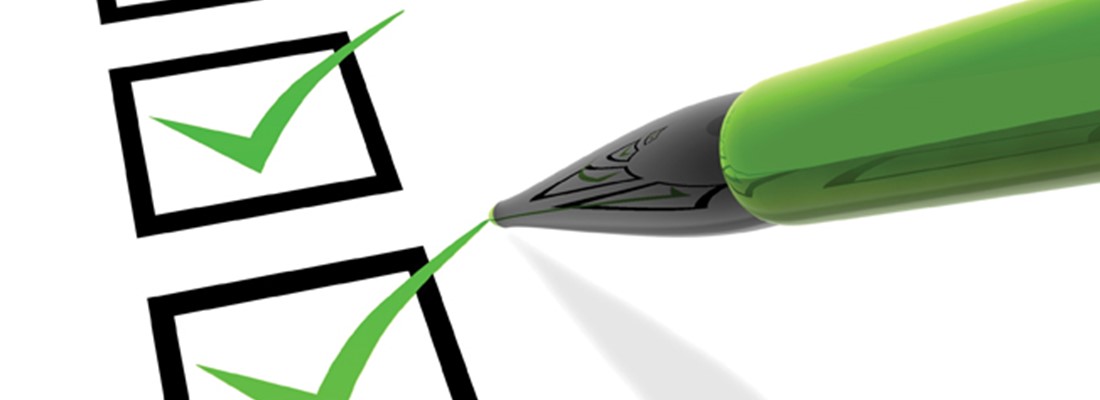The Strange Affair of the Employment Allowance - by Mark Morton

The legislation which deals with the £2,000 Employment Allowance has now become law, namely the National Insurance Contributions Act 2014.
The legislation starts relatively simply - a person qualifies for it for a tax year if, in the tax year:
• the person is the secondary contributor in relation to payments of earnings to, or for the benefit of, one or more employed earners; and
• the person incurs liabilities to pay secondary Class 1 contributions under either SSCBA 1992 or SSCB(NI)A 1992.
The allowance for the tax year is £2,000 or, if less, an amount equal to the total amount of the liabilities mentioned above which are not excluded liabilities.
However, the use of the word 'person' seems to mean that an individual with several unincorporated businesses will only have one entitlement to the £2,000.
There are no special rules to deal with partnerships. Is a partnership a separate person from an individual or the same? HMRC are silent on this. Would two partnerships ever have to share? Again silence.
Certain liabilities to not be used to cover the £2,000 e.g.:
• by a person if they are incurred in respect of an employed earner who is employed (wholly or partly) for purposes connected with the person's personal, family or household affairs;
• by virtue of regulations made under s4A SSCBA 1992 or SSCB(NI)A 1992 (earnings of workers supplied by service companies, etc.); and
• in respect of an employed earner who is employed (wholly or partly) for purposes connected with a business, or a part of a business, transferred to a person in a tax year.
A person cannot qualify for an employment allowance for a tax year if, at any time in the tax year, the person is a public authority which is not a charity.
• Charity has the same meaning as in the Small Charitable Donations Act 2012; and
• public authority includes any person whose activities involve, wholly or mainly, the performance of functions (whether or not in the United Kingdom) which are of a public nature.
HMRC state that:
'Functions are either wholly or mainly of a public nature, if you are carrying out more than 50% of your work in or for the public sector, for example:
• NHS services
• General Practitioner services'
Where do academies fit into this interpretation?
Special rules apply if:
• at the beginning of a tax year, two or more companies/charities are connected with one another; and
• two or more of those companies/charities would qualify for an employment allowance for the tax year.
Only one of the companies/charities can qualify for an employment allowance for the tax year. It is up to the companies/charities to decide which of them will claim.
Two companies are connected with one another if one of the two has control of the other or both are under the control of the same person or persons per Part 10 CTA 2010, with let-outs where the companies are not substantially commercially interdependent. There are also rules relating to control as a loan creditor and as trustees.
The above rules are extended to treat a Limited Liability Partnership (LLP) as a company. Where an LLP is involved, the definition of control is amended to include rights to a share of more than half the assets or income of the LLP.
Note that the rules are not the same as the associated company rules and are potentially much wider e.g. company A is connected with company B and company B connected with company C - A and C are deemed to be connected with each other as well.
Charities are connected if they are connected under s993 ITA 2007 and their purposes and activities are the same or substantially similar.
So, there are a number of unanswered questions, particularly regarding the sharing of the £2,000. As claims can be backdated, it may be worth hanging fire on a claim until things become a little clearer!




